Ever heard of ube? No? How about Spam musubi or zhoug? That’s probably going to change soon, because our crystal ball tells us that those food trends are going to be showing up in kitchens and on menus more often. The crystal ball reference may have you wondering if those are ingredients in some kind of magic potion, but they’re actually just an Asian tuber (ube), a Hawaiian snack with rice (Spam musubi) and a spicy seasoning paste (zhoug). And the predictions themselves aren’t based on witchcraft – they’re the product of strategic analysis.
The food industry is worth about $5 billion. Massive, in other words. And even though people buy and consume food every day, manufacturers, restaurants, and retailers are still under constant pressure to offer their customers the “right” products. Factors like time, health, technology, and the environment all play big roles in customers’ motivations and needs when it comes to food. Just keeping up with consumers’ ever more rapidly changing behavior isn’t enough – the industry has to stay one step ahead. But how?
Nowadays, if you want to know anything about what society likes and wants, you can probably find your answers somewhere on the Internet. Well, provided you know where and how to look… which isn’t easy, given the sheer volume of information out there. There are more than 350 million posts on Instagram with the hashtag #food; Googling “food trend” yields twice as many results. It’s practically impossible for humans to keep track of all that information… but it’s no problem for artificial intelligence.
Food Analytics 2.0
Having come to that realization as well, Alon Chen and Eyal Gaon founded the intelligent platform “Tastewise“. The Israeli start-up set itself the goal of using artificial intelligence and digital voice processing to sort and evaluate the massive amounts of food-related data floating around online. They analyze more than 150,000 menus, around a million online recipes, and (of course) millions of social media posts and articles, filtering out trends and consumer interests in order to provide restaurants, hotels, retailers, and food manufacturers with reliable prognoses – well before the mainstream discovers them.
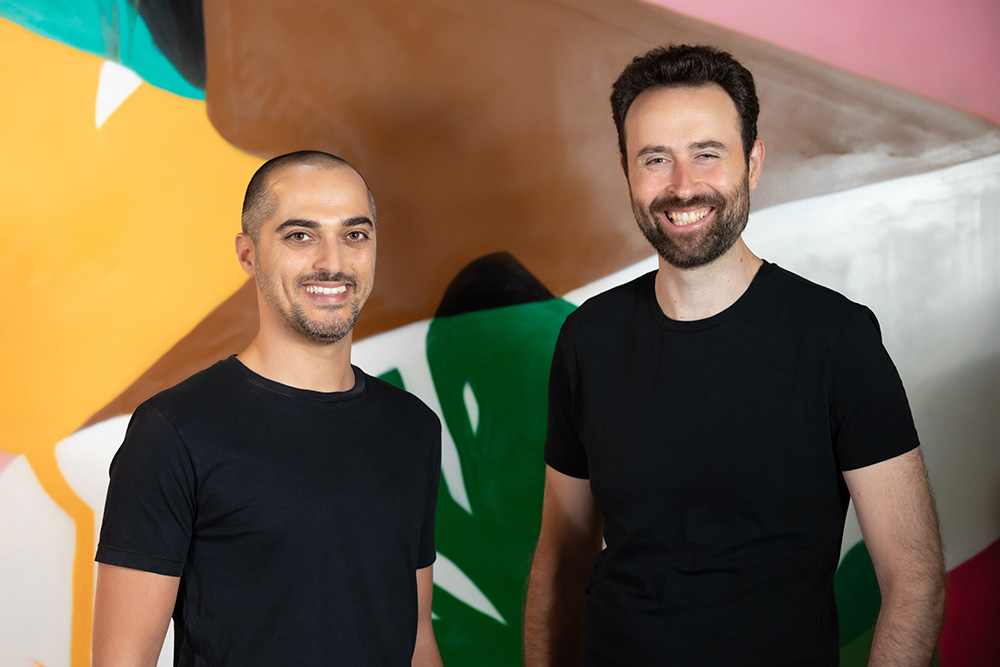
Alon Chen and Eyal Gaon / Image: Tastewise
The platform allows the food industry to follow new developments practically in real-time, and respond with astonishing precision. For example, did you know that the most popular pizza topping in New York right now is barbecue chicken? Or that there’s a $40 million-plus demand gap in Boston for vegan dishes? The truly valuable information here lies in the details: just knowing that there’s a trend called “bowl food” doesn’t really get you anywhere, but having a list of the ingredients customers want in their bowls is priceless. The algorithm also identifies restaurant trends, such as the rise of dark kitchens and restaurant hopping.
We know what you’re going to eat tomorrow
According to Tastewise, conventional approaches to food-trend analysis have a startlingly high failure rate of up to 85%. Those “conventional” approaches include surveys, retail analytics, and in-house databases, and for the most part, the answers they provide are too unreliable or too superficial for our rapidly changing modern world. As a result, companies are investing a ton of time and money in solutions that don’t cover consumers’ current needs, or solutions that are simply behind the times. The companies themselves need to be more pro-active, more innovative, and more interested.
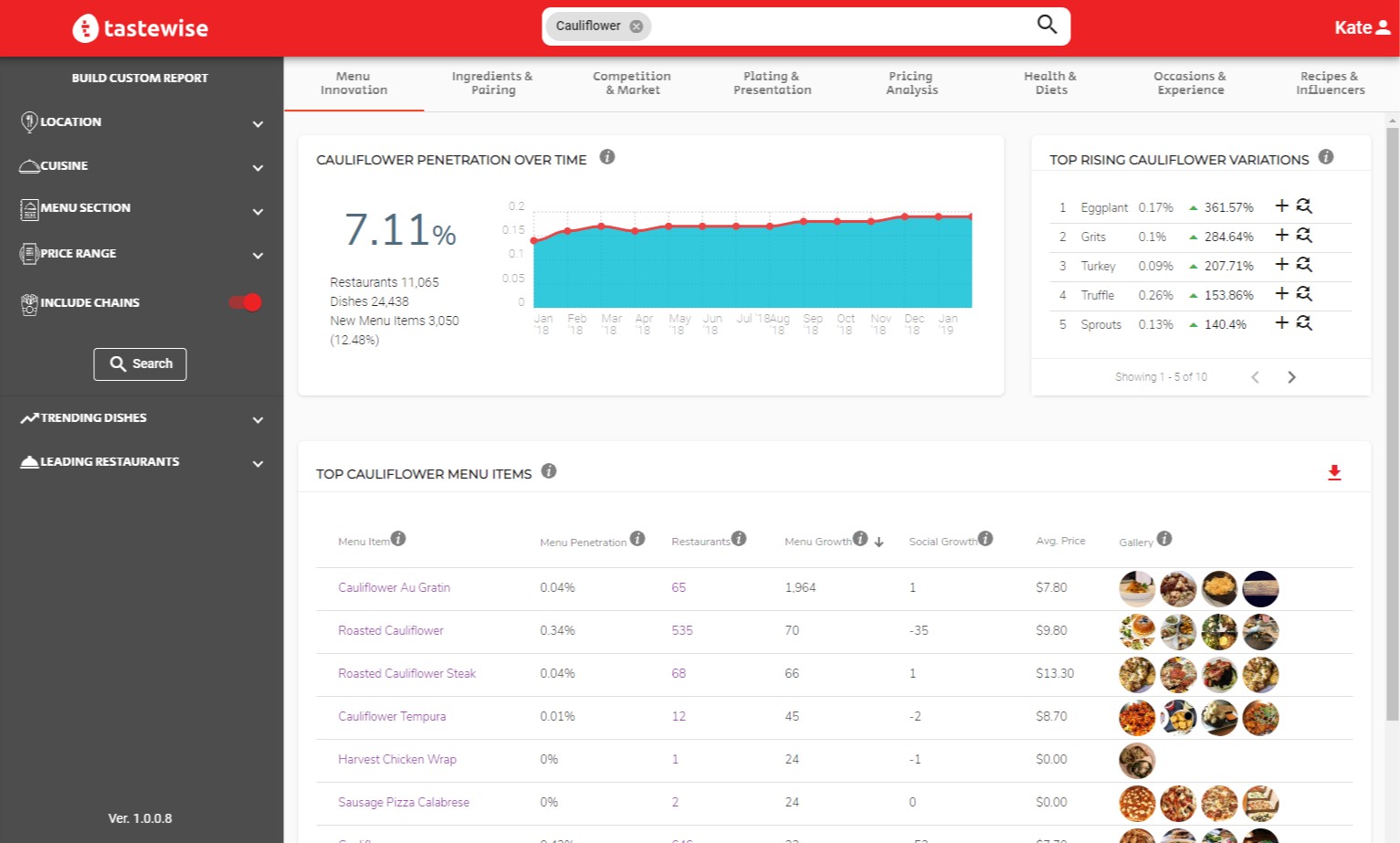
Image: tastewise
The SaaS platform’s customers now include larger corporations like the Marriott Hotel Group, who use the information it provides on consumers and their eating habits to help them adapt their strategies and purchasing decisions to the market. In the words of Guy Heksch, the VP of Mariott International subsidiary Pure Grey Culinary Concepts, “The information helps us home in on target groups more effectively, and gives us information early on about local micro-trends that will end up spreading nationwide. That allows us to tailor our menus precisely to our customers’ tastes.” The AI behind Tastewise, he says, combines science with the art of creating innovative food experiences.
Motivation becomes innovation
According to Alon Chen, though, it’s not enough to ask “What are people eating?” – it’s important to ask “Why?” as well. If you really want to be innovative, he adds, the “why” is even more important that the “what”. For that reason, the algorithm is designed to analyze not only products and reasons, but also motivations behind individual purchasing decisions. Let’s go back to that Asian root vegetable, ube. Why do people love it so much? It’s sweet, it’s a natural vegetable (vegan, in other words), and people find it exotic. It’s also an eye-catching color, perfect for Instagram posts. Basically, ube just ticks all the boxes in our current society.
Obviously, that information is more than just a recipe suggestion – it provides orientation in today’s dynamic market, making it easier to predict the next counter-trend that will develop in response. Nowadays, Big Data is the ideal source for that kind of knowledge. After all, food trends are more than just brief fads – they herald longer-term changes and developments within our food culture. Companies who recognize that will have a much easier time understanding their customers’ purchasing decisions and responding with their own innovative ideas.


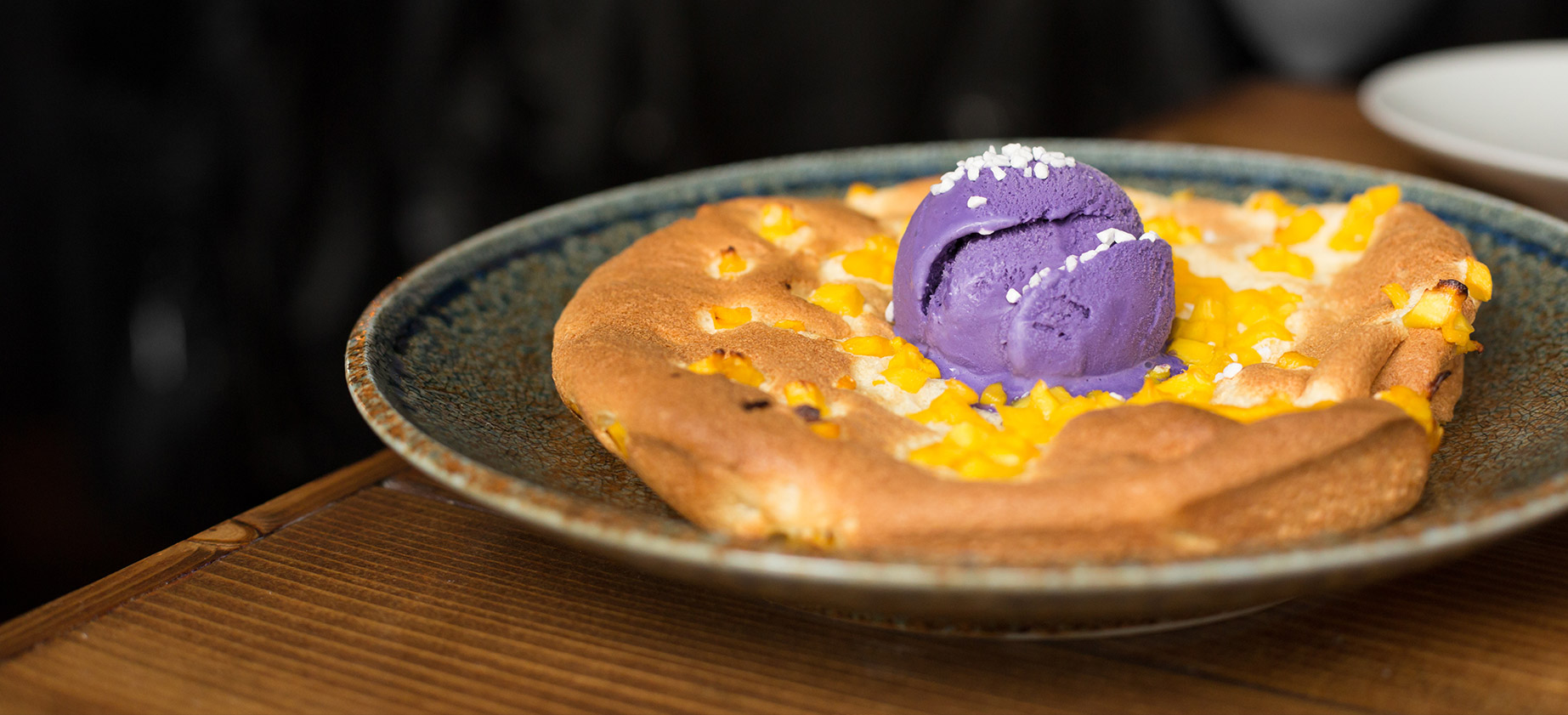








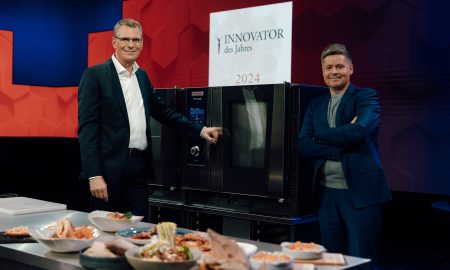
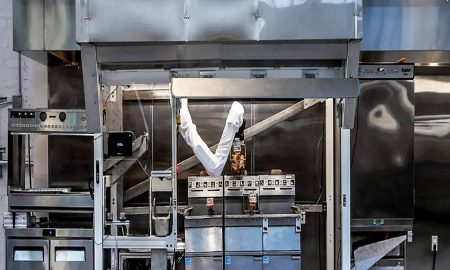
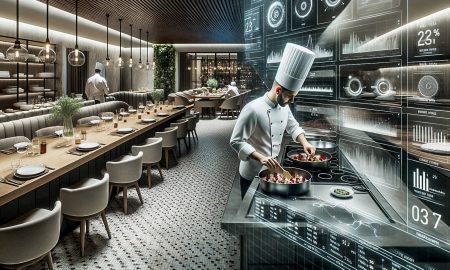

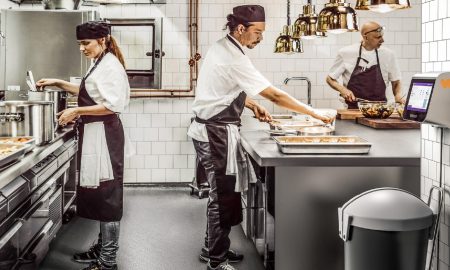
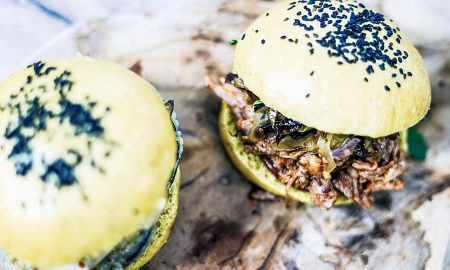

Pingback: A step-by-step to social media success | KTCHNrebel